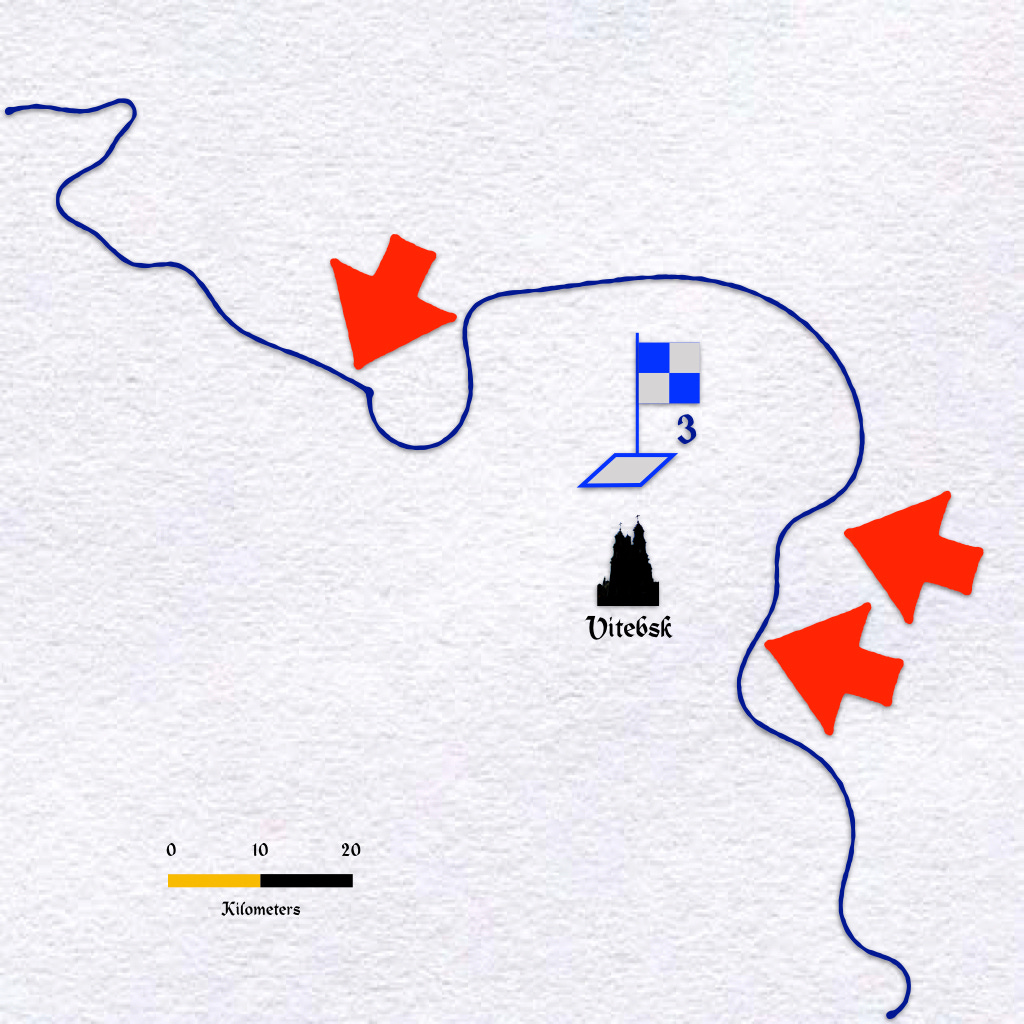The Hornet (II)
Soviet Tank Tactics
Each post in this series provides a verbatim translation of a section of a report of the lessons learned by Major Wolf-Horst Hoppe while commanding Heavy Anti-Tank Battalion 519 [Schwere Panzer-Jäger Abteilung 519] in the Winter Battle at Vitebsk. Dated 28 February 1944, it covers the period between 20 December 1943 and 22 February 1944. This section translated for this post, which deals with Soviet tactics, is just two paragraphs long I think, however, that it will be of considerable interest to readers.
Methods of Attack
Before the start a large-scale attack, very skillful reconnaissance. This uncovers, to a high degree of certainty, both the seams in our defenses and peculiar weaknesses. In most engagements, no large-scale operation with operational use of massed armor. Always infantry attacks with the heaviest artillery bombardment [Trommelfeuer] and tanks in support. Above all, the Russian values the wearing down and annihilation of our infantry and anti-tank weapons. If normal methods don’t work, then he attempts infiltration. At first, he sends weak forces through thin parts of the main line of resistance by night. If these forces are not cleaned up immediately, then there is no stopping them.
In the defensive battle around Vitebsk, the Russian attacked with masses of as many as fifty tanks. Up to twenty tanks push forward where they are least expected immediately after the end of the bombardment [Trommelfeuer]. Tanks carrying riders always bore the brunt of the infantry attack, pulling the men on foot along with them. The commitment of Russian armored forces made most skillful use of the terrain; particularly in hollows that ran parallel to the main line of resistance, as well as artillery forward observers riding in tanks. This reminds us of the good cooperation between Russian armored forces and artillery. If, during major attacks, the Russian suffers heavy losses in front of, or within, the main line of resistance, he soon changes his tactics. His tanks become more circumspect and limit themselves to shooting at our strong points from positions beyond the range of our defensive weapons



